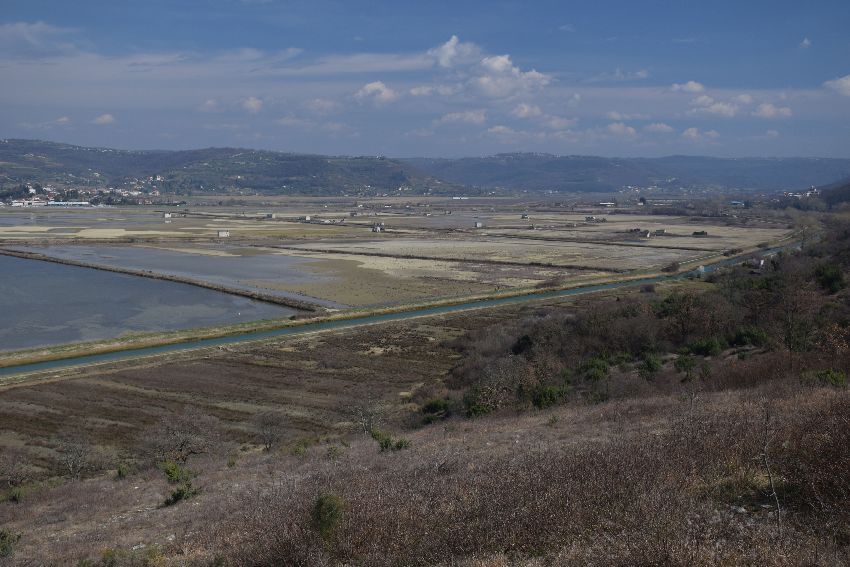Reflections of our presence in space, production of place and interactions with landscape have been a feature of different social sciences and the humanities’ disciplines in recent decades, and, researchers have found, that despite numerous efforts the landscape has remained “undisciplined”. More complex interpretations and metaphors of the landscape that emphasize power relations (e.g. panopticum, palimpsest, heterotopia, spatial practices) date back to the 1970s. Since this so-called spatial turn, landscape is no longer understood merely as a passive background, but as an active foreground that creates, and is created by, different actors in a continuous and mutually interactive process of becoming. Heritage-making is one of the ways of meaning-making of, and to, this landscape, even though it may not necessarily be uncontested by all those involved. Heritage landscapes are multifaceted, heritage sites ambiguous. They are connected with local, national, and transnational interests and caught between subjective memories and various official historiographies, currently involved in different projects and policies. Heritage landscapes and sites have diverse visions of the future that go beyond static and immovable categories of natural and cultural, movable and immovable, tangible and intangible heritage.


